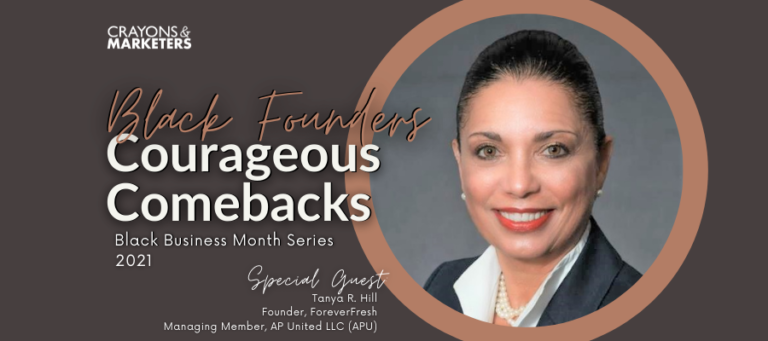Is Age A Part of Your Diversity Marketing Strategy

Diversity is often relegated to race. Some brands think they have checked the diversity box by showing black and brown faces in their brochures or commercial spots, and they’re wrong. Diversity is more than skin color, and there are many more ways in which people are different. Age is just one that is often overlooked.
According to Pew Research Center, the median age in the United States is 38 years. Among Hispanics, the largest minority group in the U.S., the median age is far younger, now 29 years. Consumers of all ages encounter “ageism” and discriminatory messages from society, loved ones, and employers. Companies add to the burden when they overlook, make assumptions about, or play into stereotypes about consumers’ age in their marketing and media practices. By doing so, they miss a big opportunity to grow with consumers as they age, building loyalty along the way.
Age Stereotypes
One of the more common forms of ageism related to marketing and media is stereotyping. Stereotypes are widely held, fixed, and often untrue images or ideas about people or things. It’s what we’ve heard or an assumption we’ve made that we assign to all representatives of a group, often based on isolated experiences and few facts.
Marketing to seniors, for example, often focuses on what they can’t do. According to the 2020 Getting Images Visual GPS Report, seniors make up the majority of visuals representing disability. They are most likely to appear in healthcare and medicine-related situations compared to their younger counterparts despite evidence showing Baby Boomers lead more physically active lifestyles than any other generation. “[That’s] the biggest misconception about baby boomers today, especially by the media and marketing industry,” says Viacom’s Christian Kurz, SVP of Global Consumer Insights (GCI).
Getty also found that seniors are 25% least likely to appear in scenarios that feature technology. However, they are more tech-savvy than expected, especially after the pandemic pushed trips to grandma’s house into the virtual space.
Similarly, younger generations are often portrayed as clueless rule-breakers, when in fact, Gen Z, the first majority-minority generation in U.S. history, is challenging traditional conventions, including what today’s millionaire looks like. So, perhaps they’re rule breakers after all.
The study also highlights other patterns, such as the intersectionality of age and other factors, like race and sexual orientation. Young adults, for example, make up 71% of LGBTQ+ visuals, despite the varying types of relationships consumers of all ages may have.
Do It Differently
Diversity cannot exist in silos. People are different in many ways, and it’s important to tell the whole story of consumers by considering how these differences intersect. Be it race, ethnicity, gender, sexual orientation, ability, or age, brands can debunk stereotypes, cancel false narratives, and connect with consumers more authentically by taking the time to understand the differences.





